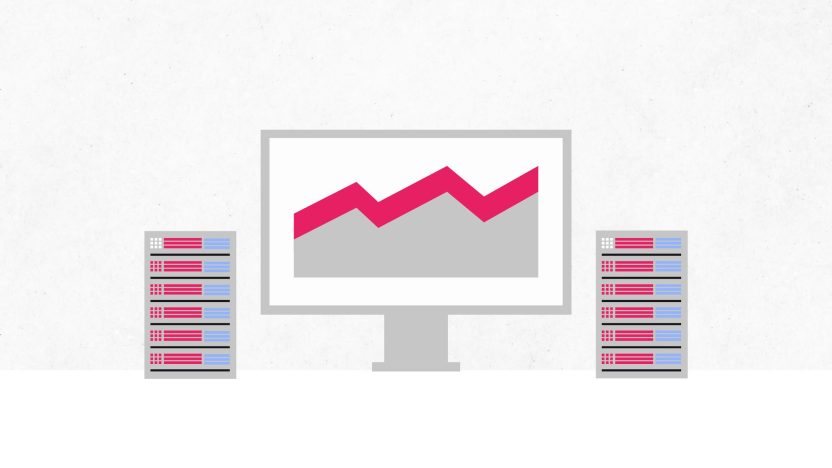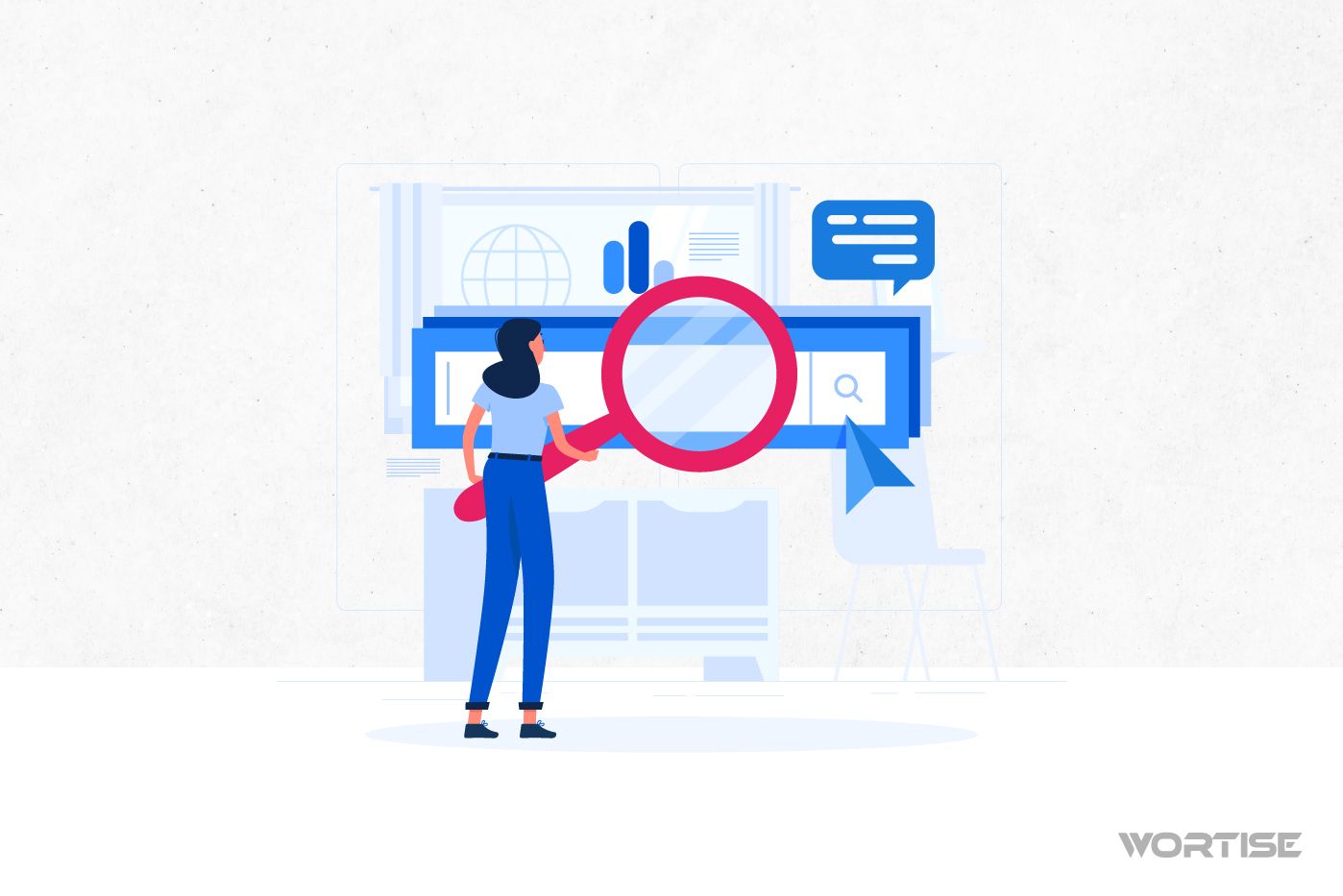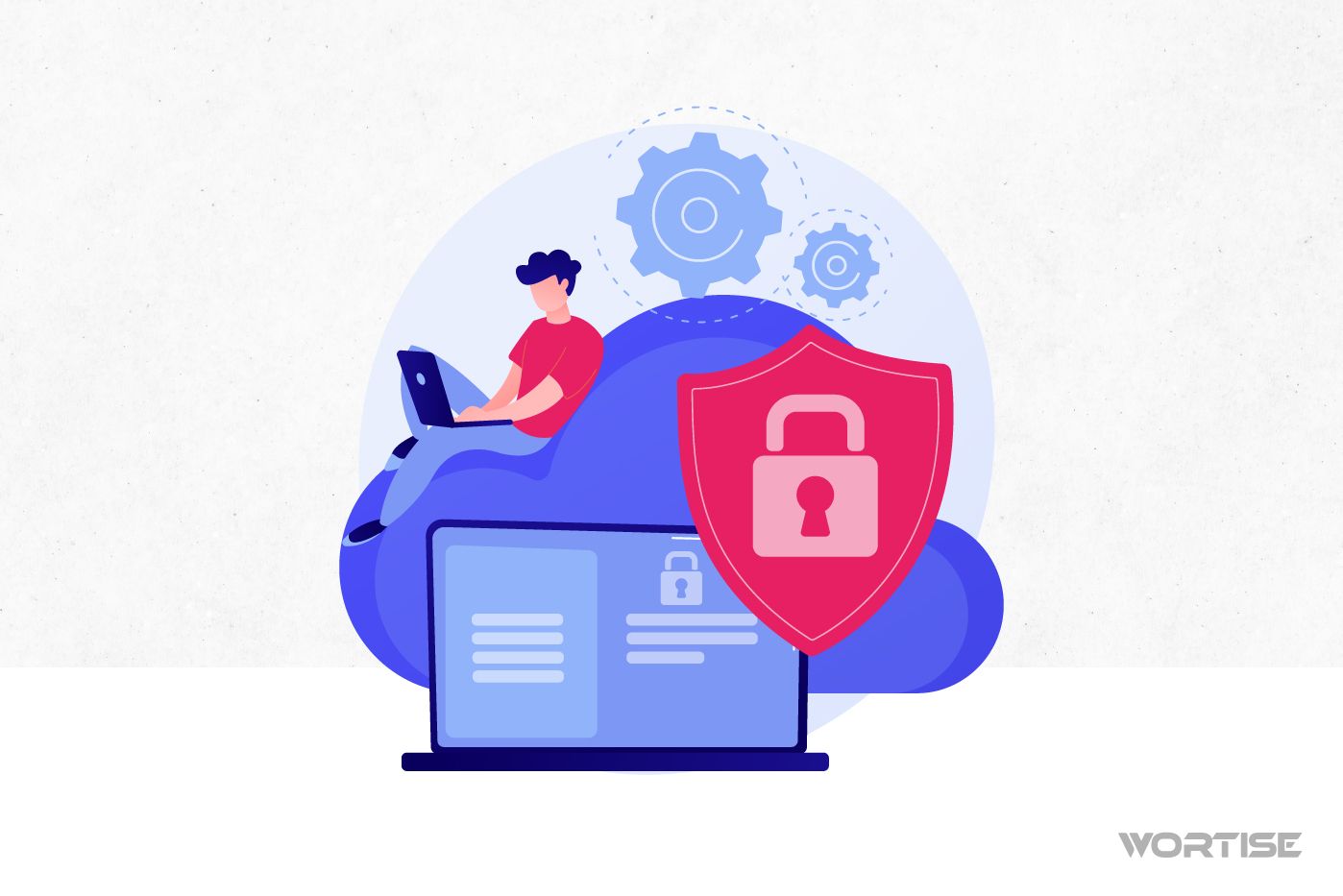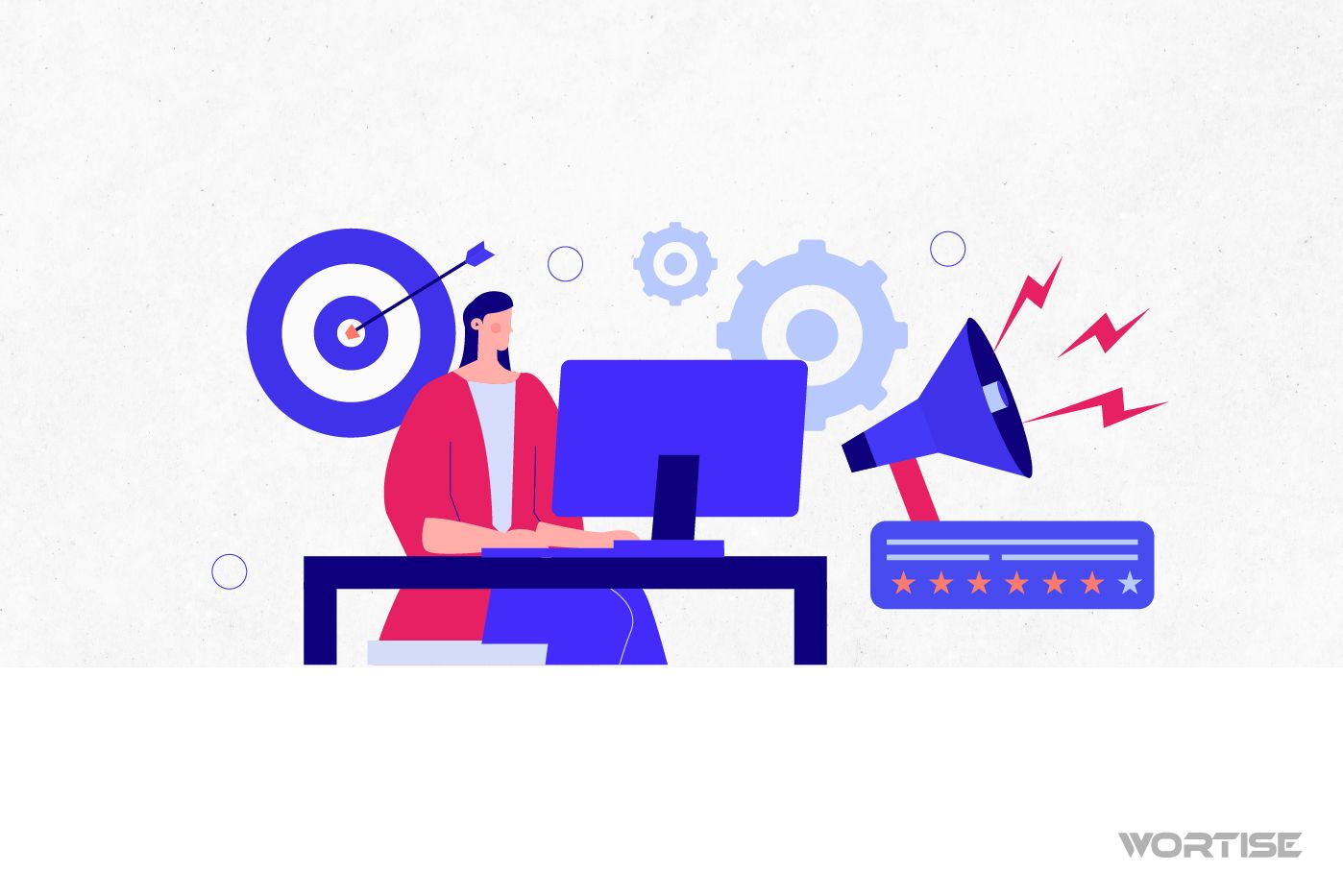¿Qué es más valioso que el oro? ¿Diamantes? ¿Petróleo? Está claro que todo eso tiene un precio muy alto, pero si eres publisher sabes muy bien que tu mayor valor está en los datos de los usuarios. Pero, claro, no datos cualquiera, sino aquellos que son recopilados de primera mano o lo que también se conoce first party data collection.
A diferencia de los datos de terceros, cuando tú conoces a tus usuarios de primera mano es mucho más sencillo generar estrategias de monetización in-app que den justo en el blanco. No estarías navegando a rumbo desconocido sino que tendrías la brújula en tus manos.
¿Qué métodos necesitas para que tu estrategia de first party data collection sea eficiente? Justo eso es lo que queremos mostrarte en este artículo.
¿Qué es el first party data? Claves para entender cómo funciona
Imagina que eres un vendedor de libros y recién te acabas de mudar a un nuevo vecindario. Como buen vendedor, quieres que tus vecinos compren tus libros, pero desconoces cuáles son sus gustos literarios.
En vez de preguntarle a un vecino que te suministre datos de las otras personas, tú mismo diseñas algún método para conocerlos: un buzón abierto, una visita personal, un cuestionario personalizado, entre otras estrategias.
En pocas palabras, el first party data collection representa los datos que una empresa, página web o aplicación puede obtener de manera directa.
Es un tú a tú con el usuario y se logra a través de distintos canales: formularios de inscripción, cookies y seguimiento de usuarios, encuestas, estrategias de redes sociales, reseñas online, contenido descargable (a cambio de registro) y otras tácticas que, cabe destacar, deben ser lícitas y apegadas a la normativa internacional de protección de datos. En tu caso, los datos los obtienes a través de tu app.
La tecnología de first party data collection debe ser una prioridad para aquellos publisher que desean tener una comprensión profunda y precisa de su audiencia. No es lo mismo diseñar estrategias para un público genérico –cuyos datos obtuviste por intermediarios– que para uno trabajado y estructurado por ti.
La razón es simple: estos datos contribuyen a que los publishers y dueños de páginas web tengan análisis precisos que mejoren la funcionalidad de su producto, dando paso a habilitar herramientas útiles como guardar datos de inicio de sesión o elegir un idioma en particular.
Y sí, amigo editor, trabajar con first party data es un paso gigante para ejecutar estrategias certeras y llegar al corazón de tu audiencia. ¿Acaso no es una enorme ventaja saber qué intereses y necesidades tienen tus usuarios para cumplirlas lo más rápido posible? ¡Obvio que sí!
Beneficios del first party data collection en tu app: esto es lo que debes saber
No solo se trata de recopilar datos de primera mano, la idea prioritaria es darle un uso correcto y cuidarlos con mucho celo y responsabilidad. Cuando los usuarios aceptan los cookies de una u otra manera te están diciendo: ¡Hey, te confío mis datos personales, no me defraudes!
Pero vámonos a las cifras. Un estudio de AGC Partners –publicado en 2023– muestra que el 81% de los encuestados manifestaron su preocupación sobre la privacidad de sus datos. Parece algo alarmante, pero al menos el 54% cree que la transparencia en el uso de sus datos personales les hace ser clientes más leales.
Aunque la fidelidad es uno de los frutos benignos del first party data, no es el único. Aquí te dejamos otras ventajas que debes saber sobre la recopilación de datos propios:
#1 Mayores ingresos publicitarios
Al conocer perfectamente al público objetivo, cada publisher podrá generar campañas de publicidad in-app cada vez más rentables.
En materia publicitaria, los anuncios que parten desde datos propios de los usuarios suelen tener una mayor tasa de efectividad. Claro, aquí juega un rol clave la plataforma de mediación que utilices para cumplir con este objetivo. Debes asegurarte de escoger una que tenga tecnología first party data.
#2 Datos fiables
Lo mejor del first party data collection es que nadie puede mentir sobre las preferencias de los usuarios. Tú mismo sabes con qué tipo de público cuentas, lo que se traduce en estrategias de monetización y marketing mucho más efectivas.
Además, esto te ayuda a desarrollar nuevos productos y expandir tu proyecto con fiabilidad. Por ejemplo, si piensas atrapar principalmente a un público joven cuyos intereses están ligados a la música, el first party data te brindará una cifra más precisa del público con el que cuentas.
#3 Contenido más personalizado
Todas las ventajas del first party data se conectan. Al obtener datos fiables y conocer a tu audiencia en profundidad, te permite crear productos más relevantes y personalizados para la gente.
Esto es genial para los publishers, pues pueden segmentar su espacio publicitario según los intereses de su audiencia. Y como sabemos, los productos personalizados suelen tener mayor aceptación y tasa de fidelidad; de hecho, un estudio de Finstack predice un crecimiento más rápido de los ingresos en hasta 40%.
El anunciante también gana, y muchísimo: tiene la plena certeza de que su publicidad llegará a las personas correctas. Es un ganar-ganar para todos los actores involucrados en la publicidad digital.
#4 Alternativa a cookies de terceros
Los cookies de terceros son creados por otros sitios y funcionaron por años, pero Google Chrome anunció su fin desde enero de este 2024. Si trabajas con first party data, esta noticia no debe alarmarte en lo absoluto.
Los datos que tú mismo consigues representan una solución fiable y te ayudan a superar las estrictas regulaciones de la Ley de Privacidad del Consumidor de California (CCPA) y el Reglamento General de Protección de Datos (RGPD).
Además, los datos propios te hacen autónomo y te ayudan a reducir la dependencia de fuentes de datos de terceros. En pocas palabras, tienes mayor independencia en la toma de decisiones.
#5 Ir un paso adelante de tu competencia
Conocer los gustos, intereses, ubicación geográfica, nombres y medios de contacto de los usuarios te brinda una ventaja enorme sobre tus competidores. Podrás segmentar audiencias según el historial de navegación y otros datos relevantes que, como supones, hará que tengas mayor éxito en tus estrategias de monetización.
¿Por qué trabajar con una plataforma de mediación con tecnología first party data? Caso Wortise
Si planeas incrementar tu app revenue, los datos de primera fuente son la mejor alternativa. Se estima, según la consultora Deloitte, que más del 60% de los proyectos y empresas con crecimiento trabajan con first party data.
Como publisher, no solo basta con tener una app con recursos para obtener datos propios, sino que te conviene utilizar una plataforma de mediación que trabaje con tecnología first party data. Solo así podrás evitar problemas de inconsistencia en los anuncios mostrados, algo que surge mucho con datos genéricos o de terceros.
En el caso de Wortise, la ad mediation mobile más grande de LATAM, trabajamos con first party data para brindar una hipersegmentación de audiencias en las más de 100 Ads Networks que usamos para mediar.
Pero más allá de eso, tener nuestra propia base de datos de primera fuente nos permite operar con total libertad y seguridad
dentro de la Unión Europea (UE), pues respetamos las normas de la GDPR. En pocas palabras, puedes monetizar sin el riesgo de incurrir en faltas graves por uso incorrecto de datos de los usuarios.
Todo esto nos ayuda a garantizar un mejor tráfico y disminuir la tasa de rebote, lo que se traduce en una mayor tasa de llenado y, en consecuencia, en niveles más altos de coste por cada mil impresiones (eCPM)
8 métodos infalibles de first party data collection
Ya leíste bastante sobre el first party data collection, ahora vamos a conocer 7 técnicas que tienes a la mano para recopilar datos de primera fuente.
#1 Registro básico
Es una herramienta obvia que nunca debe faltar en una app. Su creación ayuda a crear una base de datos sólida con contenido personalizado, pero claramente hay algo que debes evitar: hacer que el registro sea extenso y tedioso.
Mientras más simplificado lo hagas, mejor. Por ello, intenta crear registros en los que solo pidas nombre, dirección simple, correo y fecha de nacimiento.
#2 Solicita comentarios y reseñas
Nunca está mal enviar una notificación a los usuarios en la que pidas, muy amablemente, que dejen algún comentario o reseña dentro de tu aplicación. Esta acción hace que tengas información directa de ellos y puedas recopilar datos de primera mano sobre sus necesidades e intereses.
Además, esto te ayudará a saber qué mejoras sugieren o qué problemas están enfrentando con frecuencia dentro de tu app. Este método no solo te ayuda a recopilar datos y generar una mejor reputación, sino que está alineado en mejorar la experiencia de uso del usuario.
#3 Inicio de sesión único (SSO)
El Single Sign-On (SSO), en español Inicio de sesión único, es un sistema que permite utilizar un único conjunto de credenciales de inicio de sesión en múltiples aplicaciones, como un nombre de usuario y una contraseña.
Su ejecución hace que los usuarios dejen de ser anónimos y se conviertan en usuarios comprometidos y “legalmente registrados” en tu app, por así decirlo. Además, el uso del SSO ayuda a que los datos de los usuarios se actualicen de forma automática cuando realizan cambios en su perfil o información.
Esta herramienta hace que tu first party data collection se vaya nutriendo de forma continua.
#4 Formularios y encuestas
Ajá, vamos a suponer que aplicaste el SSO y el registro básico, pero ¿eso es todo? ¿Luego qué sigue? No basta solo con saber el nombre de los usuarios y su ubicación geográfica, te conviene saber más datos sobre los usuarios.
Es aquí donde entran en juego los formularios y encuestas dentro de tu aplicación. Ellas te ayudan a recopilar información adicional sobre cada persona, como por ejemplo intereses declarados, preferencias de contenido, expectativas de futuras actualizaciones, etc.
En cada formulario vas a obtener nuevos datos de tus usuarios y tendrás una base de datos más robusta que te ayudará a crear estrategias de monetización más efectivas.
#5 Análisis de comportamiento
Hay algunas herramientas de análisis basadas en aprendizaje automático e inteligencia artificial (IA) que ayudan a rastrear el comportamiento de tus usuarios; es decir, saber cuánto tiempo pasan en tu app, que secciones utilizan más, cuáles acciones realizan con frecuencia y otros datos relevantes.
Si ya tienes sus nombres y otros datos claves, créenos que saber cómo se comportan dentro de app le da un condimento especial a tu base de datos, ya que vas a poder anticipar sus movimientos y ofrecerles justo lo que esperan.
Si tienes una app que sea cómoda y satisfaga sus necesidades, será más fácil incluir publicidad in-app sin que sea vea intrusiva o tediosa.
#6 Ofrece incentivos a cambio de datos
Los editores no están ajenos a las prácticas del marketing común. En este sentido, una táctica fiable para crear una first party data collection completa es dar incentivos a cambio de datos.
Por ejemplo, puedes invitar a nuevos usuarios con la excusa de que usen gratis por un determinado tiempo alguna función que sea premium en tu app. A los usuarios viejos puedes invitarlos a acceder a descuentos o promociones especiales a cambio de suministrar nuevos datos sobre ellos.
#7 Registro con redes sociales
Es normal que las personas dejen ver todos sus gustos e intereses en las redes sociales. Por ello, ¿qué tal si las involucras en tus estrategias de first party data? Además del típico registro manual con correo y contraseña, puedes ofrecer la opción de iniciar sesión en tu app con sus perfiles de redes sociales.
Esto permitirá que accedas a datos esenciales sobre los usuarios y aproveches el algoritmo de las redes.
#8 Utiliza Identificadores Proporcionados por el Editor (PPID)
Se tratan de identificadores únicos asignados a los usuarios por parte del editor de una app. Su uso es simple: permiten distinguir y rastrear a los usuarios dentro del entorno de esa app en particular.
Los PPID ayudan al editor a asociar datos de los usuarios en distintas sesiones y dispositivos, facilitando así el análisis de comportamiento, pero hay algo más que debes saber: los PPID’s se pueden compartir con la demanda programática de Google, incluida la subasta abierta.
¿Qué quiere decir esto? Que puedes personalizar anuncios y volverlos más relevantes para tu audiencia, haciendo que el valor de tu inventario cobre más valor. Los PPID son una joya del first party data que se asocia muy bien con la publicidad programática.
Aprovecha el first party data collection que ofrece Wortise y genera un eCPM más alto
¡Hola, publisher! Wortise es una plataforma de mediación que tiene una base de datos de usuarios de first party data. Fueron años de análisis y recopilación de datos para ponerlos a tu servicio.
Nuestra plataforma avanzada de mediación está conectada con más de 100 Ad Networks y te ofrece el doble de eCPM que Google AdMob.
Además, te brindamos acompañamiento personalizado con tácticas para maximizar las ganancias, soporte 1-1 para atender cualquier duda o irregularidad, y un dashboard para que midas en tiempo real la rentabilidad de tus anuncios.




